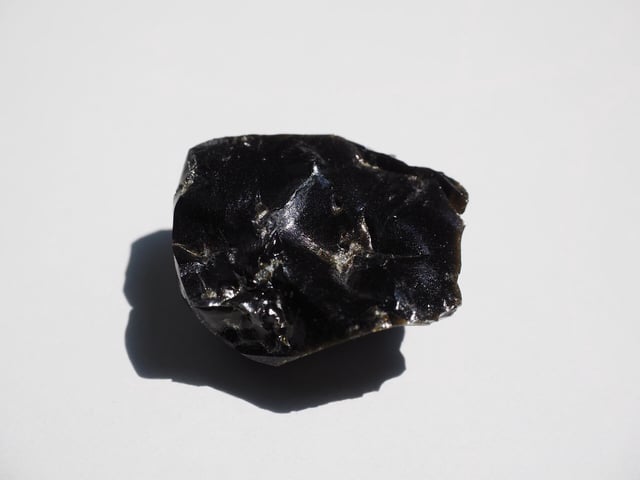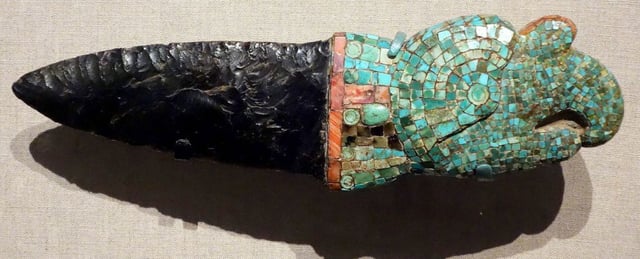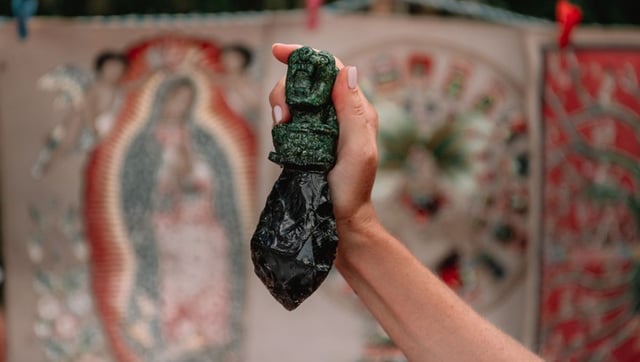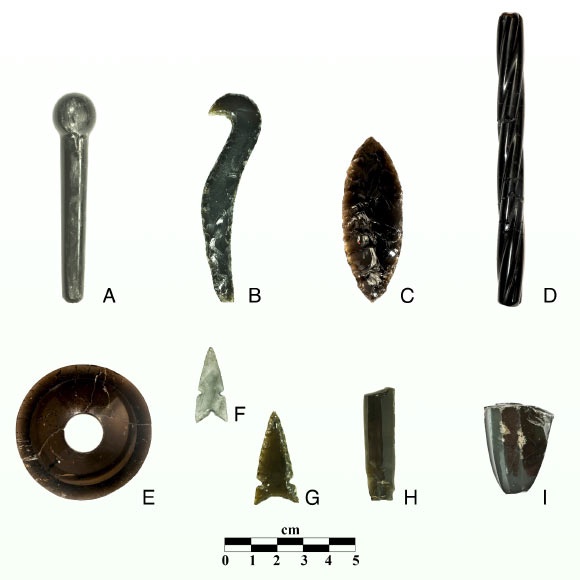Overview
- Nearly 90% of analyzed obsidian artifacts from Templo Mayor were sourced from the Sierra de Pachuca, prized for its symbolic green hue.
- The study identified obsidian from seven additional sources, including Ucareo in rival Purépecha territory, showcasing extensive trade networks.
- Ceremonial objects, such as weapons and jewelry, were almost exclusively made from Sierra de Pachuca obsidian, reflecting centralized control and religious standardization after 1430 CE.
- Non-ritual obsidian tools, sourced from diverse deposits, reached Tenochtitlan through market exchanges rather than state-controlled acquisition.
- Conducted by Tulane University and Proyecto Templo Mayor, the study used portable X-ray fluorescence to map the geochemical origins of the artifacts.



